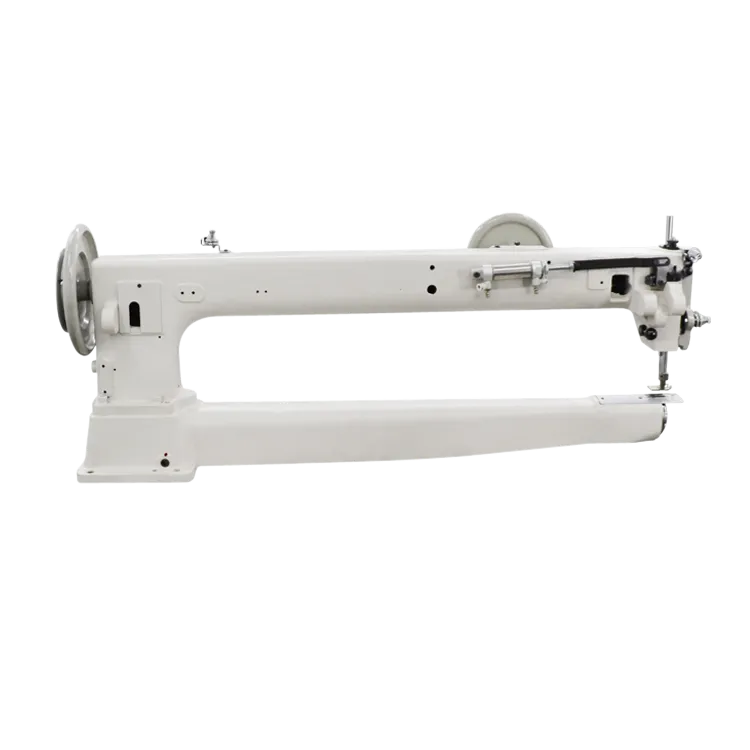Finding the Top Serger for Your Sewing Needs and Projects
What is the Best Serger? A Comprehensive Guide
When it comes to sewing, a serger (or overlock machine) can be an invaluable addition to your toolkit. Unlike traditional sewing machines, sergers create professional-quality seams, neaten raw edges, and provide decorative finishes—all in one step. With so many options available on the market, selecting the best serger can be daunting. In this article, we’ll explore key features to look for in a serger, popular models, and tips to help you make an informed decision.
Understanding the Basics
A serger uses multiple threads (usually three to five) to sew and finish the edges of fabric at the same time, which makes it faster than traditional sewing machines. The unique capabilities of a serger allow for stretch stitches, which are ideal for knit fabrics, as well as rolled hems for delicate materials like chiffon.
Key Features to Consider
1. Number of Threads Most sergers operate with three or four threads, but some advanced models can use five. A 4-thread machine is versatile enough for most sewing projects while providing durability and stretch.
3. Ease of Use Look for a serger that is user-friendly, especially if you are a beginner. Features like color-coded threading paths and easily adjustable stitch length and width can significantly enhance your sewing experience.
4. Speed Some sergers can sew at speeds of up to 1,500 stitches per minute. If you plan on working on large projects or garments, a faster machine can save you a lot of time.
5. Portability If you plan on taking your serger to classes or sewing groups, consider its weight and size. A lightweight, compact model can be beneficial for portability.
Popular Models
what is the best serger

1. Brother 1034D This serger is often recommended for beginners due to its affordability and ease of use. It features a 3/4 thread capability and differential feed, making it versatile for various fabric types.
2. Juki MO-654DE Known for its solid construction and reliability, this serger offers a 2/3/4 thread capability and an adjustable stitch length and width. It’s suitable for both beginners and advanced sewists.
3. Singer 14T968DC This model is perfect for those who are serious about their sewing projects. It offers a 5-thread capability and comes with a wide range of presser feet, stitch options, and built-in rolled hem features.
4. Bernina L890 For high-end users, the Bernina L890 is a high-performance serger with a wide array of features including automated threading and a large selection of stitch options, making it ideal for professional sewists.
Tips for Choosing the Right Serger
1. Assess Your Needs Consider the types of projects you’ll be working on. Beginners might prefer simpler models, while those with advanced skills might look for more features.
2. Read Reviews Research customer reviews and expert opinions on various models to understand their strengths and weaknesses.
3. Test Before You Buy If possible, test a few different models at a local sewing store. This will help you find one that feels comfortable and suits your style.
4. Think About Support Consider manufacturers that offer great customer service and access to a community or online resources. This can be invaluable when you encounter challenges.
In conclusion, the best serger for you will depend on your individual needs, budget, and sewing experience. By considering the features that matter most, researching popular models, and seeking hands-on experience, you can choose a serger that enhances your sewing projects and supports your creative journey.
-
Industrial Cylinder Arm Sewing Machine: Revolutionizing Heavy-Duty SewingNewsJul.28,2025
-
Cylinder Arm Sewing Machine: Perfect for Special Sewing ApplicationsNewsJul.28,2025
-
Cylinder Bed Sewing Machine: Essential for Sewing Complex MaterialsNewsJul.28,2025
-
Heavy Duty Sewing Machine: The Essential Tool for Industrial ApplicationsNewsJul.28,2025
-
Computerized Pattern Sewing Machine: Revolutionizing Precision StitchingNewsJul.28,2025
-
Heavy Duty Industrial Sewing Machine: Power Meets PrecisionNewsJul.28,2025
-
Leather Sewing Machine: The Industrial Standard for Tough MaterialsNewsJul.18,2025





























